A véjà du experience is about looking at a familiar situation but with fresh eyes, as if you’ve never seen it before. It forms the basis of an assignment I give in my CEP818, Creativity in Teaching & Learning course. The assignment is described in greater detail here, but the core idea is to take multiple photographs of some everyday object in such a way that the viewer cannot easily determine what the object is! More here.
Today, I spent some time with my kids re-doing the assignment. My son suggested taking pictures of his X-Box 360 but we finally went with an object selected by my daughter. Here are the pictures. What do you think it is?
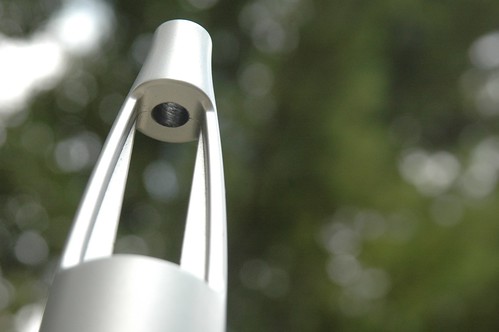

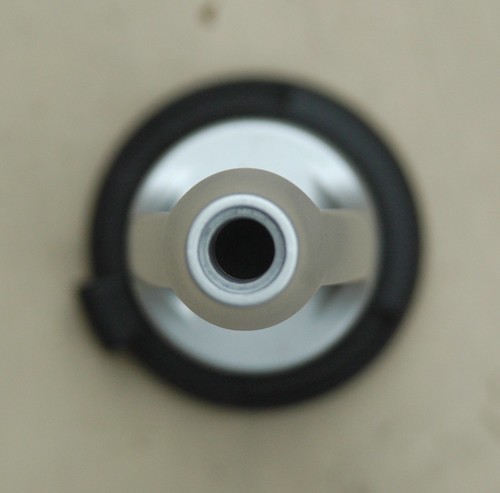
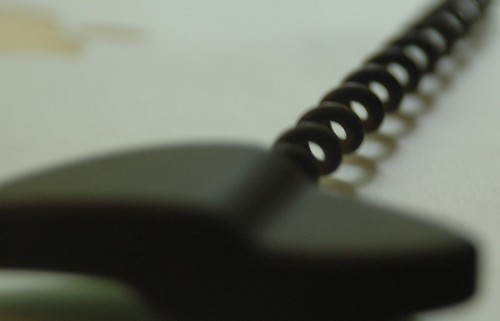
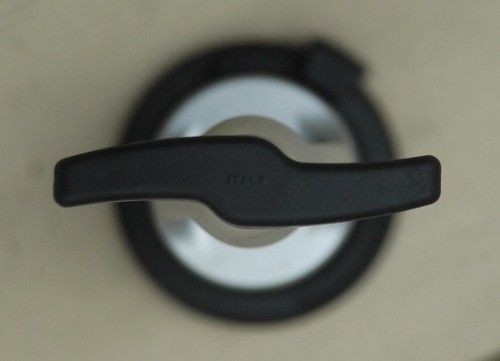


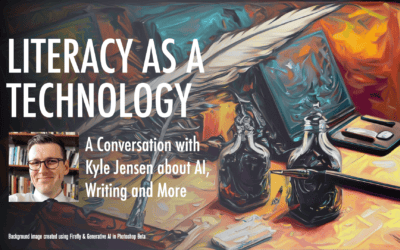
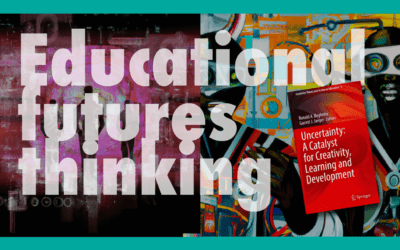
A corkscrew it is! This is what the overall object really looks like.
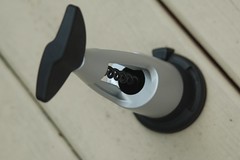
or click here to see all the images
I’m going to agree with Randy that it looks like a corkscrew.
I think this is a part of the lawn spreader!!
Corkscrew?
A suction cup?
part of a table umbrella???
Telescope?
It looks like a corkscrew.